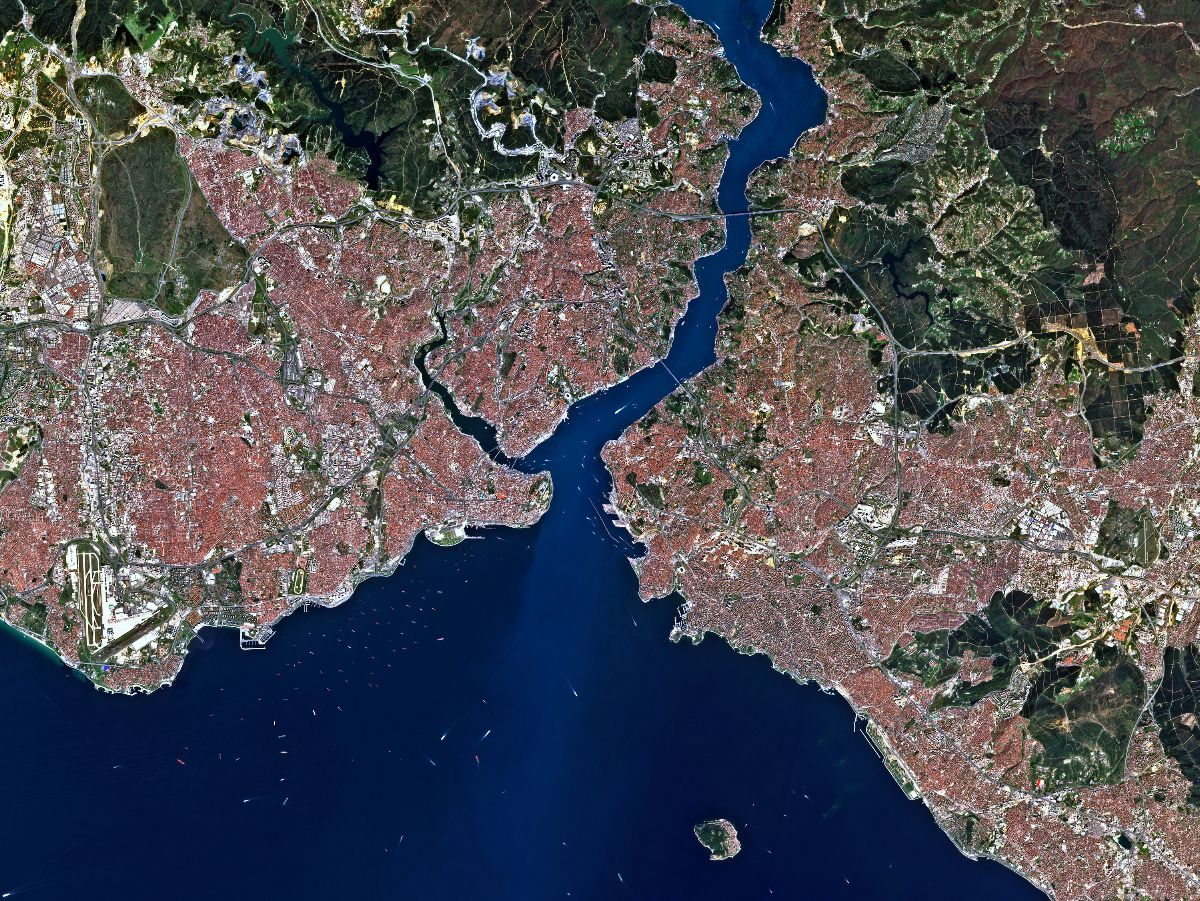NSR Report Shows Satellite-Based Earth Observation Not Slowed by COVID-19
Cambridge, Mass., Septmeber 28, 2020-- NSR’s Satellite-Based Earth Observation, 12th Edition (EO12), released today, finds a limited impact from COVID-19 on the EO market, with the sale of EO data and derived products to reach $8.1 billion annually by 2029. Revenues will be driven by government, military, and financial service-based customers, owing to strong demand and diversity need. Constellations of satellites featuring optical, radar, and new non-imagery datatypes - such as radio frequency monitoring - are expected to dramatically increase the industry’s access to supply and encourage new business models.
 Investment and announcements strongly support the development of satellite constellations for Earth Observation. NSR estimates that over 1,000 EO satellites, as part of constellations, are expected to launch by 2029, with 78% of those featuring optical payloads. In addition, NSR notes that investment has not slowed down, even as other sectors face a reduction due to COVID-19.
Investment and announcements strongly support the development of satellite constellations for Earth Observation. NSR estimates that over 1,000 EO satellites, as part of constellations, are expected to launch by 2029, with 78% of those featuring optical payloads. In addition, NSR notes that investment has not slowed down, even as other sectors face a reduction due to COVID-19.
“There is a lot of excitement in the EO market for large volumes of data and services”, notes Dallas Kasaboski, NSR Senior Analyst and report author. “The industry is trying to change from traditional, one-off purchasing, toward providing EO data, information, monitoring, and insights-as-a-service. As such, satellite constellations are a major part, but so too are other technologies such as cloud computing, artificial intelligence, and machine learning”, Kasaboski added. For the past decade, NSR has noted investment’s strong focus on satellite infrastructure, but downstream services seem to be gaining ground, with investment continuing strongly through 2020.
Despite all the excitement and planned launches, NSR’s EO12 report warns of challenges in the industry. Competition and a lack of standardization are expected to slow market uptake, leaving many players facing high CAPEX and hesitant customers. “Constellations are bringing volume, and subscription services are increasing access to EO data. However, every product and service is priced, and structured, differently. This makes purchasing a rather lengthy process, expecting to keep market growth more moderate than hoped for,” Kasaboski states.
NSR’s latest report details the growth of the EO industry from data & imagery to big data analytics. Improvements on the distribution of data and services are expected to catch up with volumes of supply coming via dozens of constellations. New capabilities such as persistent monitoring, greenhouse gas, radio frequency observation, and cloud computing are expected to drive the market toward becoming a more consumer-friendly sector over the next decade.





